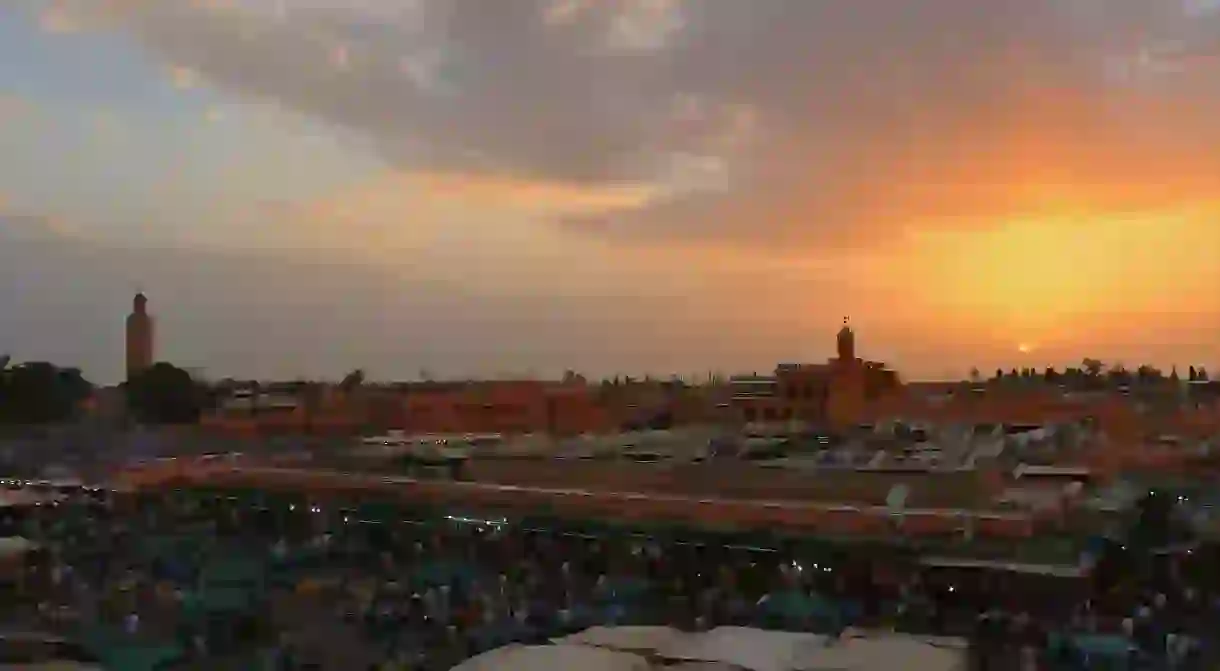The Top Ten Art Galleries In Morocco

Decadent design, perfect palaces and intricate interiors, the architectural spaces which house Morocco’s art collections are as endearing as the artworks themselves. From woodwork in Marrakech to multi-cultural centres in Casablanca – discover the top ten galleries in Morocco for contemporary, traditional and iconic artworks.
L’Atelier 21
DarBellarg
Museum, Building, Mosque

Dar Batha Museum
Museum
Villa Des Arts
Art Gallery

Dar Si Said Museum
Building, Museum, Natural Feature

The Dar Si Said Museum is a decadent 19th century palace in Marrakech that houses the very quintessence of Moroccan art. The entrance is captivating with the juxtaposition of the Spanish and Moorish splendour of the palace with the white walls. As you arrive, the ground floor is home to many clothes, objects of beaten copper and Berber jewellery. Not necessarily things of the past – many of the objects on display are still used and worn in the mountain areas of Morocco. Along with objects that preserve the Moroccan culture, the Dar Si Said places special appreciation upon the art of woodwork, which recognised the decorative and religious arts of south Morocco. As the visitor moves from room to room within the palace, they are confronted at all angles with a spectrum of extravagant furniture – from pillars, balustrades and the famous moucharabiehs. Flowers, arabesques and calligraphy are carved, cut out or painted on geometric furnishings, with finely worked wood also being the norm for even the most everyday items.
Musee Tiskiwin
Museum

Marrakech Museum
Museum, Building

The Museum of Marrakech is one of the largest museums in North Africa and is situated in the old centre of Marrakech. Housed in the Dar Menebhi Palace built at the 19th century by Mehdi Menebhi, it was carefully restored by the Omar Benjelloun Foundation and made into a museum in 1997. A stunning example of 19th century Moroccan architecture, the museum is visited just as much for its architecture as for its contents. The Museum of Marrakech possesses the most extensive collection of Moroccan art which reveals not only the modern culture of the country, but also its history. The house itself represents a fine example of classical Andalusian architecture, with fountains in the central courtyard, detailed tile-work and carvings. Several features of the original courtyard, including the mosaics and floor-set basins have been retained. The museum holds exhibits of both contemporary and traditional Moroccan art, along with examples of historic books, coins and pottery of Moroccan, Jewish, Berber and Arab cultures.
Musée Berbère du Jardin Majorelle
Building, Museum

Matisse Art Gallery
Art Gallery, Building, Library













